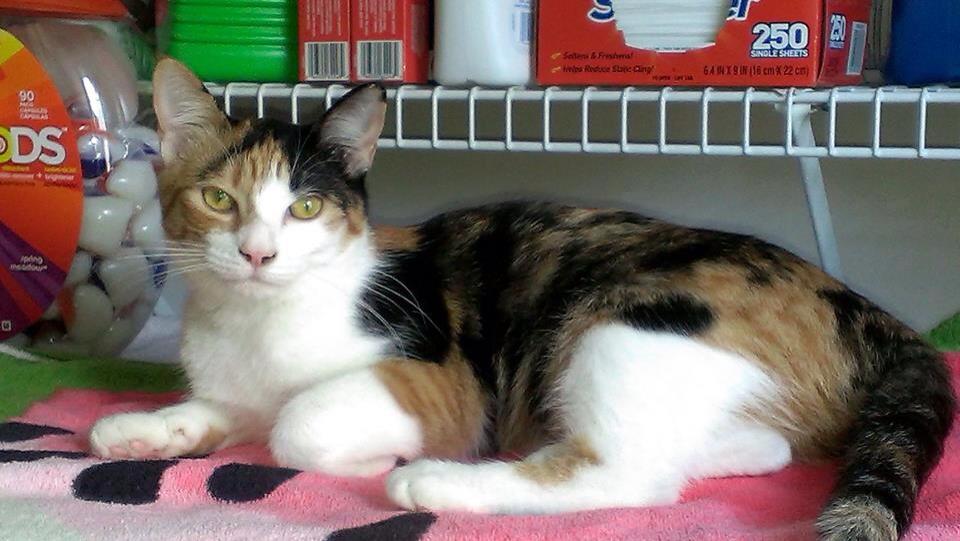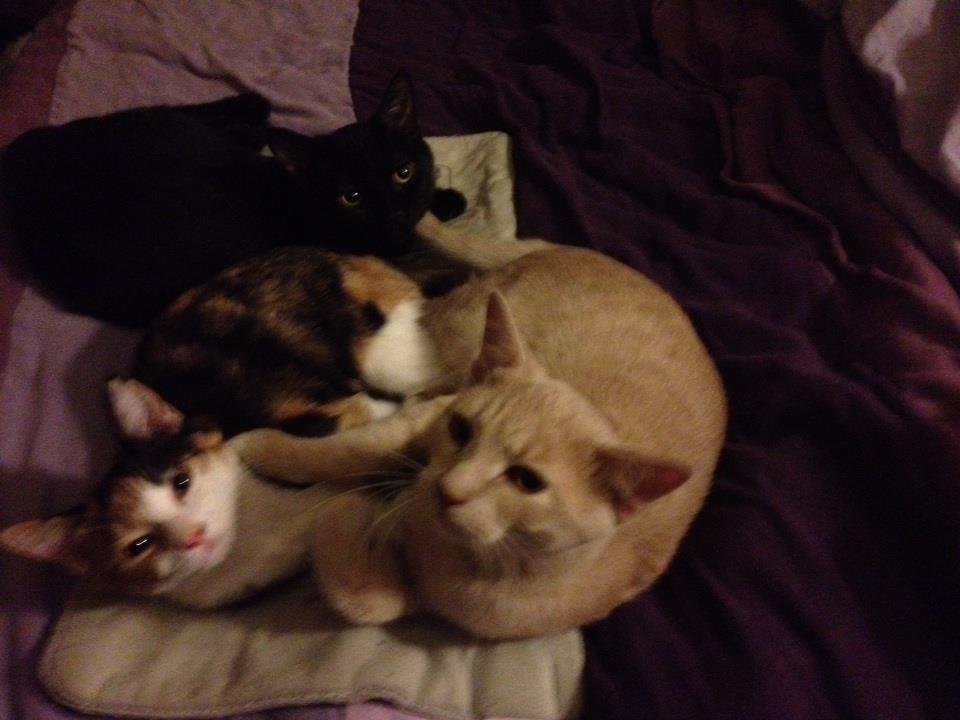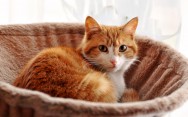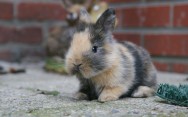CAt Facts
A cat can reach up to five times its own height per jump.
Cats prefer their food at room temperature—not too hot, not too cold.
A cat’s heart beats almost double the rate of a human heart, from 110 to 140 beats per minute.
Cats have a strong aversion to anything citrus.
Cats came to the Americas from Europe as pest controllers in the 1750s.
It is important to include fat in your cat’s diet because they’re unable to make the nutrient in their bodies on their own.
Black cats aren’t an omen of ill fortune in all cultures. In the UK and Australia, spotting a black cat is good luck.
Courtesy of Animal Planet.
Feeding Your Feline Friend:
- Read the nutritional claims on food packages. Check the label to make sure the food is appropriate for the stage of your cat’s life (kitten, adult or senior). Also, look for a statement saying that the food meets the requirements of the Association of American Feed Control Officials (AAFCO). If your cat’s food doesn’t have the AAFCOs nutritional claim on its label, there is no guarantee that he will get a complete and balanced diet.
- Choose premium food. Premium cat foods, which generally use higher-quality and more easily digestible ingredients, are more nutrient-dense than the less expensive brands. That means your cat will get the calories he needs by eating less food. As a result, the difference in actual cost of feeding him premium food instead of generic may be only a couple of cents a day.
- Consult your veterinarian. Because your cat’s nutritional needs change as he grows older and certain medical conditions require a special diet, always talk with your vet about cat feeding specifics, including what – and how much – to feed your cat.
Once you’ve selected a food, establish healthy feeding habits.
- Always measure the food you feed your cat. Start with the portion recommended on the package, although the serving size may not be ideal to keep your cat healthy. If he doesn’t eat all of the food or starts to gain too much weight, cut back the portions; if he begins to look thin, increase the amount until he’s maintaining a healthy weight.
- Create a cat feeding schedule. Nutritionally, one meal a day is okay for adult cats. If your cat seems hungry more often, try multiple smaller meals at established times. Remember, more mealtimes shouldn’t mean more food. Split up the recommended serving size to create several meals.
- Consider free-feeding for fit and trim pets. Leaving dry food available all day so your cat can nibble whenever he likes will work if he’s at a healthy weight. If he’s overweight, overeats or you can’t gauge how much he’s eating because other pets share his food, it’s best not to leave food out.
- Ban table scraps and limit treats. Not only are they high in fat and calories, but they also can interfere with the correct – and complete – nutrition your cat is getting from his food.
- Introduce new food gradually. Whenever you want to begin your cat on a new food, mix it in with the old. Start with a small amount of new food and increase the percentage over several days. Cats are more likely to accept change if it happens slowly, and their digestive systems are less likely to be upset.
Keep fresh water in a clean bowl available at all times. Cats need water to help regulate their body temperature, digest their food and eliminate waste, among other things. Providing plenty of fresh water is especially important if your cat that eats only dry food or is prone to urinary tract blockages.
Keeping Your Adult Cat Healthy
- Your adult cat is a perfect specimen of mobility, speed, acuity and grace. She is in her prime. She shines in her gleaming coat and her eyes are bright. Jumping, twisting and landing, her skeleton bears strain our own bodies could never endure. Her muscles are highly flexible. Her movements are lightning fast and her senses highly tuned.
- Between ages one and eight, your cat will experience the equivalent of a human’s journey from teenager to late middle age. As caretaker, you are responsible for good adult cat health and lifestyle in these years and beyond.
- It can be difficult to keep such an adventurous creature indoors. But to do so is proven to extend a cat’s life – it limits exposure to predators, cars, fleas and other cats who may have such diseases as feline leukemia or feline immunodeficiency virus (FIV). Keep your cat duly entertained indoors by providing toys, structures to climb on, spots near windows to watch the action outdoors or – if she responds to them – TV and special videos.
- One potential side effect of being a pampered, indoor cat is obesity. If your cat starts to gain weight, limit or change her diet and encourage more exercise. Make time for play with your cat each day.
- An adult cat should visit the vet annually. Dental and gum disease, diabetes, hyperthyroidism and other medical problems can present themselves in adult to middle age. Early detection is essential to successful treatment and extended life.
- As your cat nears eight years old, be sure to watch for signs of other age-related illnesses such as weight loss, decreased appetite, neglect of grooming, increased thirst and urination, and retreating from the household.
- Both you and your cat will enjoy these peak years. They will be filled with acrobatic antics and lithe poses you can’t help photographing. If you take the appropriate precautions, you can extend the health and fun for many years.
Courtsey of Iams.com.


















Follow Us